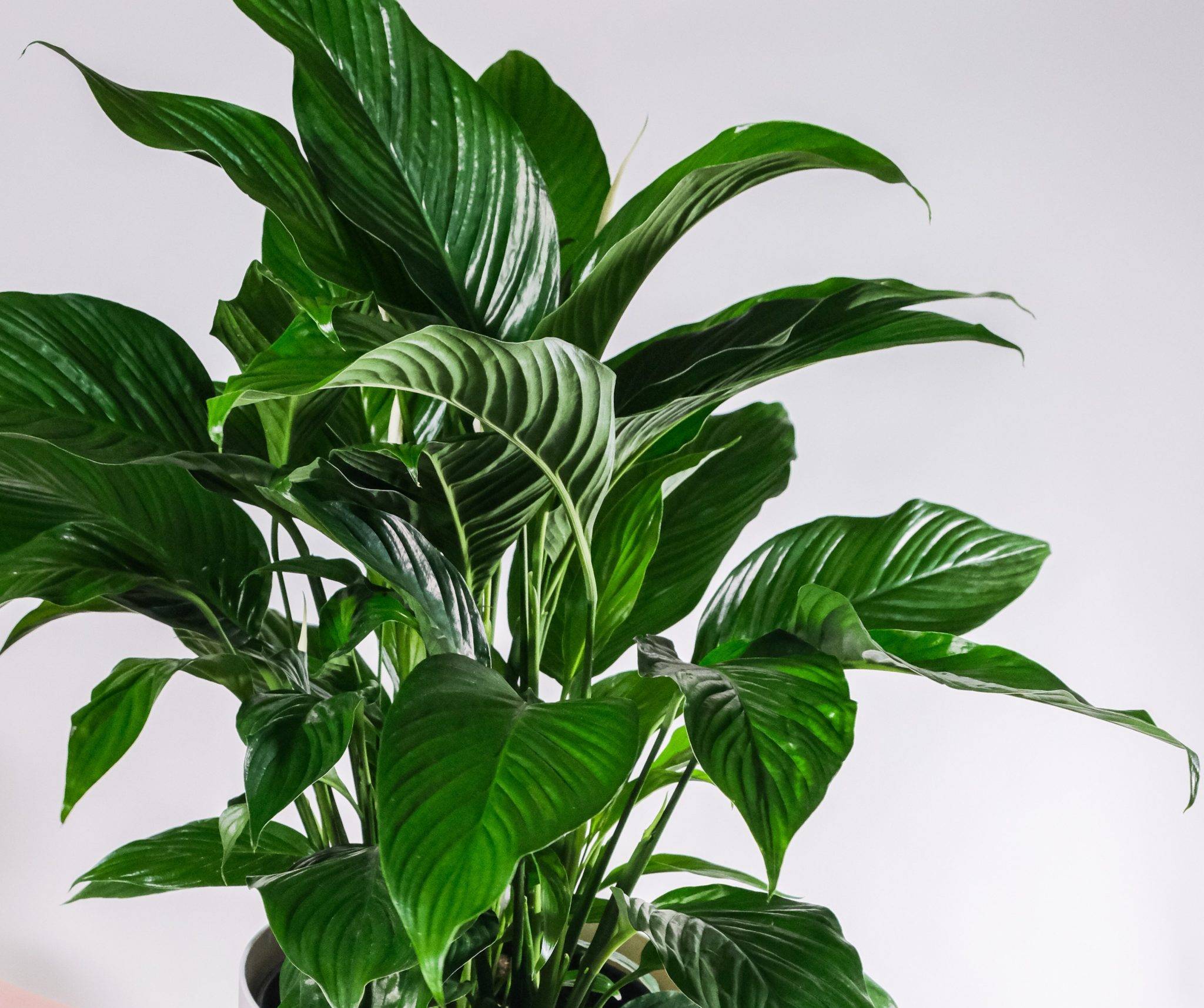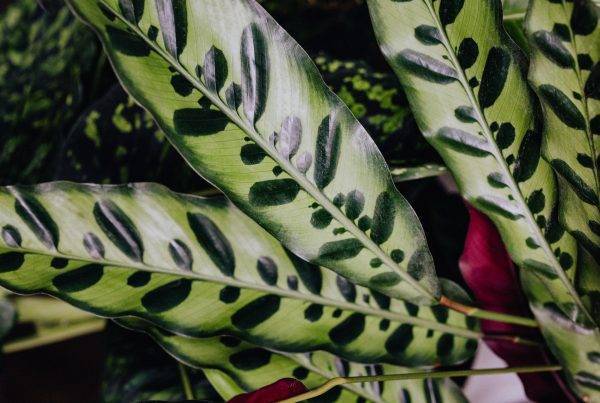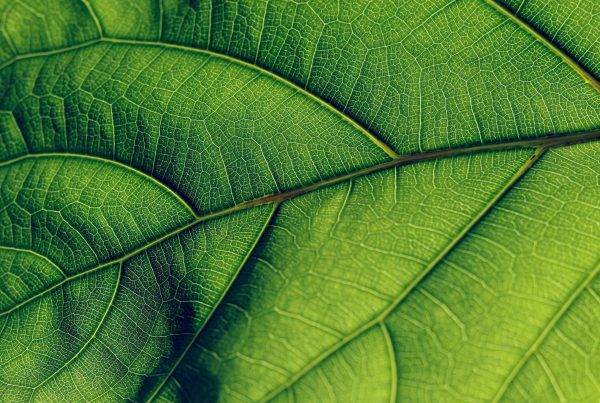Spathiphyllum commonly known as Peace Lily is a very common indoor plant. Native to the tropical regions of central America and southeastern Asia. They are used to warm and humid environments. They have beautiful white flowers and dark green foliage. Nicknamed the Peace Lily as its flowers resemble a white flag, it’s actually more closely related to monstera and philodendrons than Lilies! It’s relatively easy care and in this Plant Care Guide we will talk about everything you need to know about Peace Lily care.
| Water | Light | Humidity | Temp | Food | Flowers | Soil | Problems | Repot | Toxicity |
Water
Peace Lilies prefer their soil to be evenly moist. Allow the top inch of soil to dry out before watering. It is better to under water rather than over water and so as Peace Lilies are rather dramatic (see video below) if you are unsure wait until the leaves begin to wilt (not as much as in the video!) to water. They should be fully saturated and allowed to drain when watering. Remove any excess water after 10-15mins. They can also be sensitive to chemicals in tap water, so if you would like to keep those crispy tips at bay, try leaving the water out for 24 hours before watering.
View this post on Instagram
Light
In their native habitat they are understory plants. This means they grow under the canopies of larger trees. So it is no surprise that Peace Lilies like bright indirect light. They can adapt to lower light but growth will slow with less light.
Humidity
Peace Lilies love humidity! They are a perfect bathroom or kitchen plant provided there is enough light. They can adapt to lower levels of humidity but this can again bring about the crispy tips! Try grouping plants, a humidifier or a humidty tray to remedy this.
Food
Peace Lilies are not heavy feeders. They can be fed every 6 weeks throught the growing season.
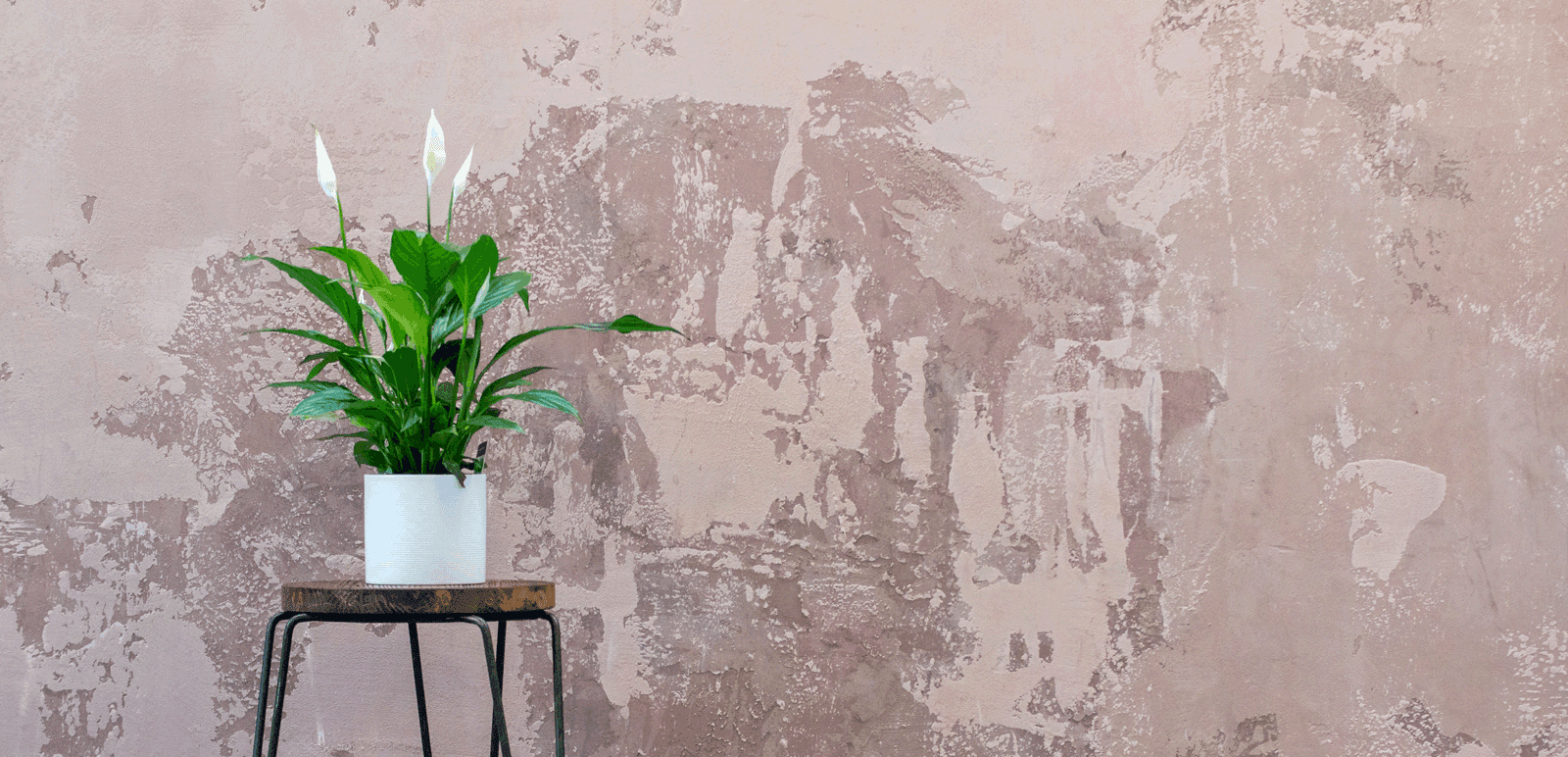
Temperature
Peace Lilies will do fine in average household temperatures. It prefers temps between 20-28 degrees. Keep it away from cold drafts.
Peace Lily Flowers
The flowers of Peace Lilies are actually Spathes which are a modified leaf, it protects the spadix in the center which holds the true flowers of the peace lily! Flowers or not they are beautiful and can last well over a month.
Peace Lilies are usually sold in full bloom. Commercial growers generally spray them with a hormone called gibberellic acid which forces the plant into bloom. People often wonder why they can’t get their plant to bloom after this initial bloom! The peace lily can adapt to less than favourable conditions. However for it to flower it can be a bit more picky! Sometimes increasing the light can be enough to get it to bloom. Otherwise have a look at if you are providing it’s prefered conditions.
They also only flower when mature, it takes 3-5 years for a peace lily to mature, an immature plant will still flower with the use of gibberellic acid.
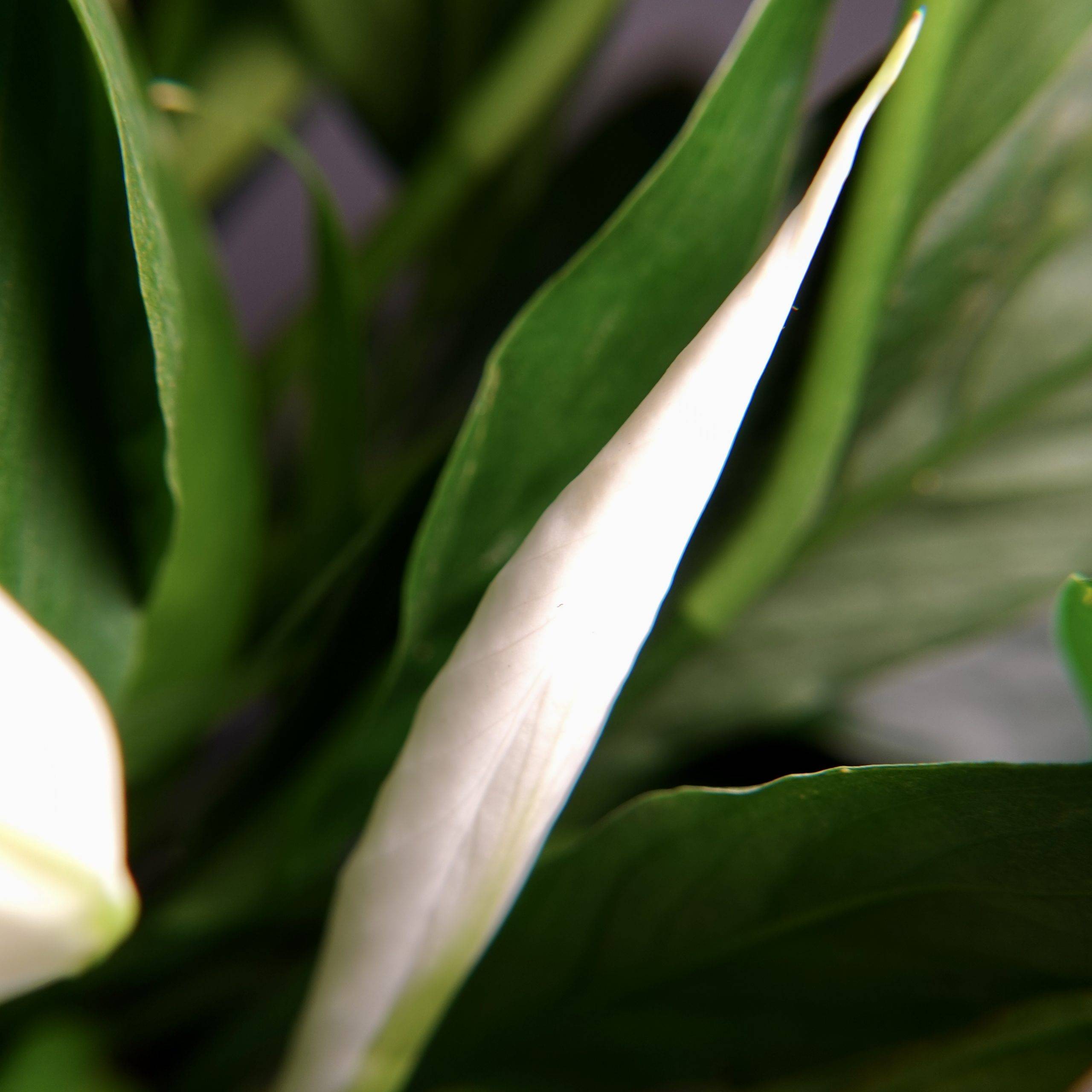
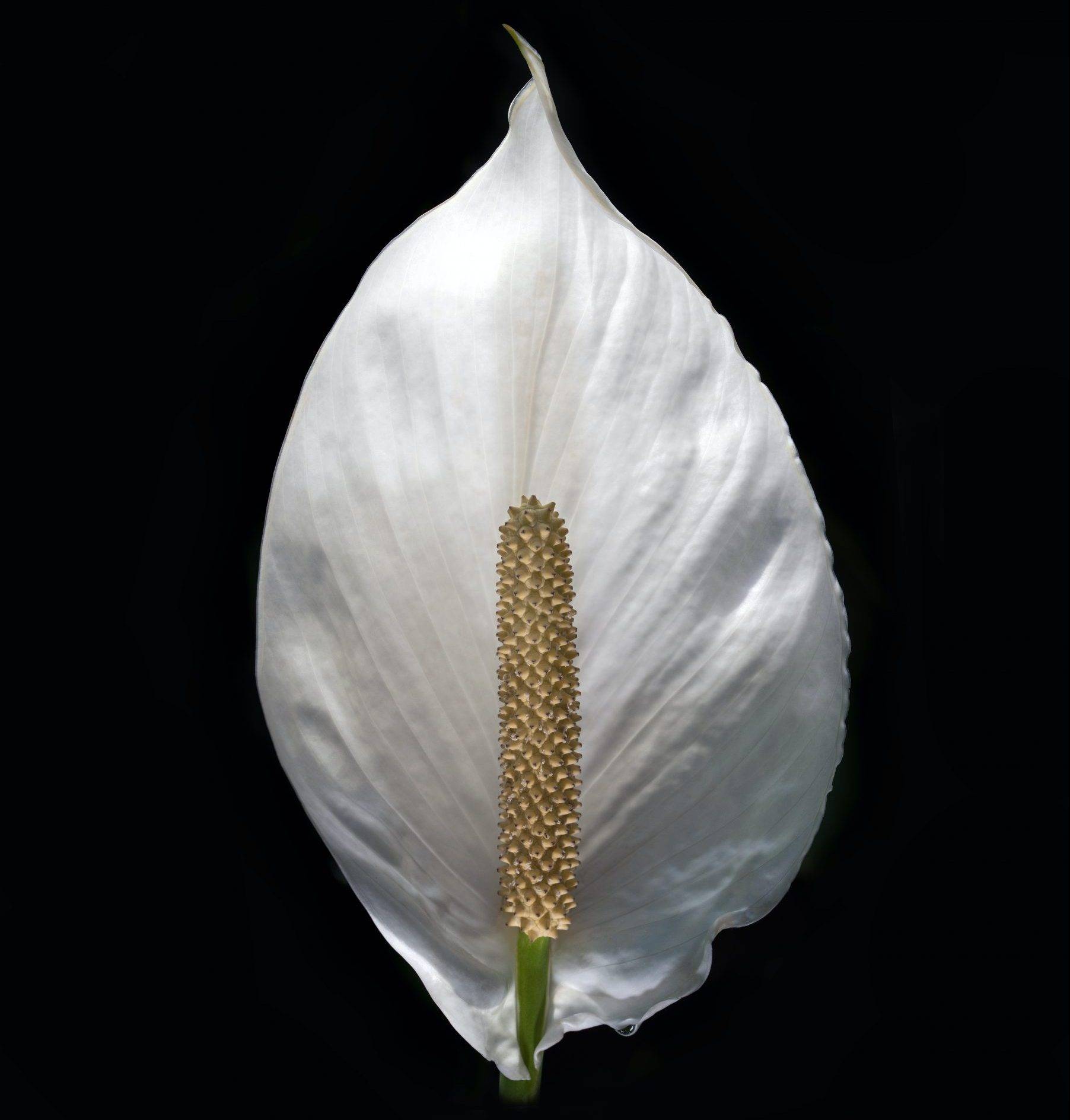
Soil
As the Peace Lily likes to be kept moist, it also needs a very well draining soil to avoid root rot. They are native to tropical canopy conditions and so a rich blend of 1/3 potting soil 1/3 compost and 1/3 perlite will keep your peace lily happy.
Problems with Peace Lily
Peace Lilies are pest resistant and generally their problems don’t come from pests. However they will tell us when they are not happy, as the symptoms for many problems can be very similar some detective work is usually in order!
Brown Tips are a very common problem and they can be from the water used, lack of humidity, over feeding.
Brown Patches can mean over watering, over feeding, too much light.
Yellow Leaves are another common problem which can indicate over or under watering, temperature fluctuations, under feeding, too little or too much light.
Green Flowers are caused by over feeding, low light.
Repot
Its good to repot your Peace Lily once a year, even if they don’t need the extra space they will appreciate the added nutrients from a soil change.
Propogating can be done while repotting, the best way to propogate Peace Lily is simply by dividing the root ball at the time of repotting.
Toxicity
Peace Lilies contain calcium oxalate crystals which is an irritating toxin to both humans and pets when ingested. These crystals are insoluble and act as tiny shards of glass and can cause irritation of the mouth and GI tract. The reaction may vary from irritation of the lips, diarrhea, vomiting to difficulty breathing. If in doubt it is always best to contact your vet.
Happy Gardening!


